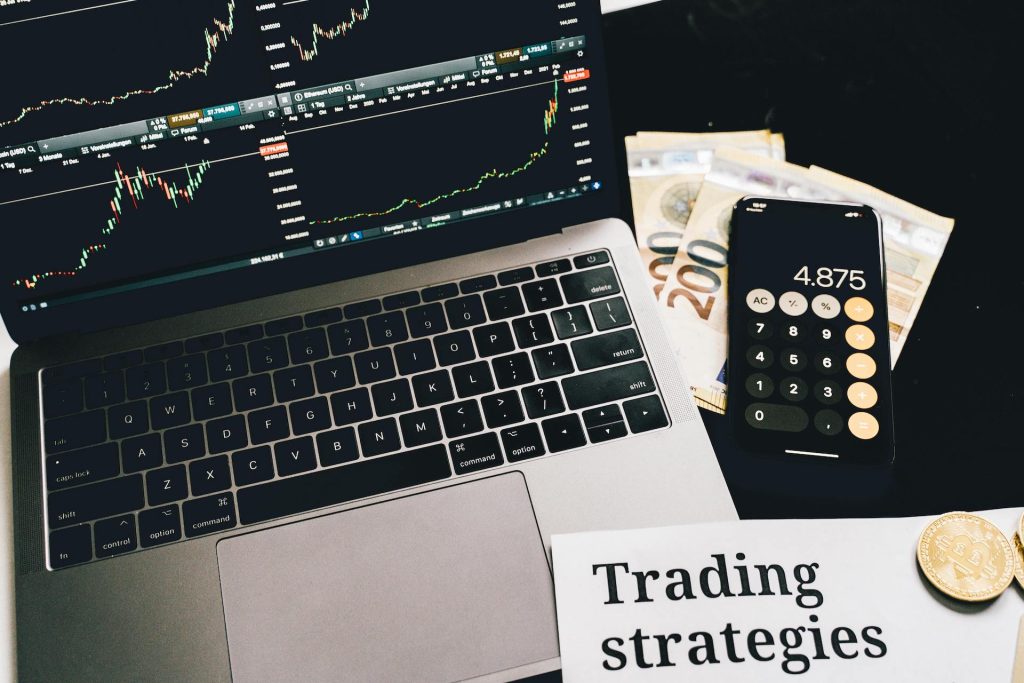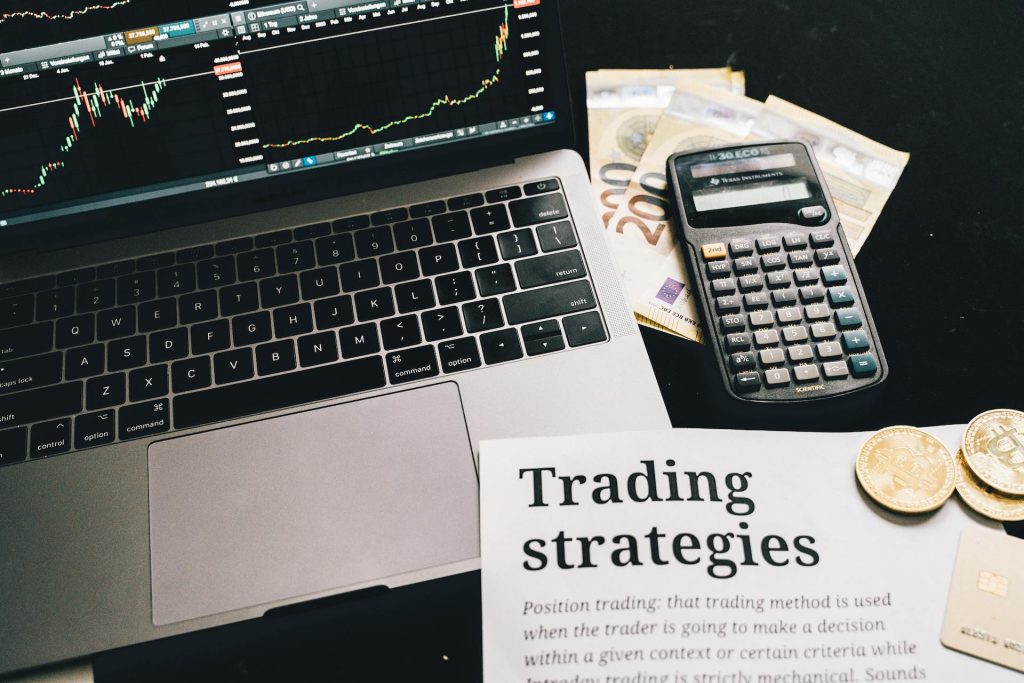In today’s fast-paced, technologically advanced world, everything seems more complex. From sending emails and photos on smartphones to using computers in living rooms instead of offices, the tools we use daily are constantly evolving.
Humans are naturally drawn to innovation because it symbolises progress, growth, and development. Newer, faster, and wiser gadgets capture our attention, and we take pride in how far we’ve come. But this constant push for innovation also adds complexity to our lives, which, in turn, leads to distraction.
The same concept applies to trading. The financial markets have become increasingly sophisticated, largely thanks to technological advancements. We now have access to a 24-hour market, instantaneous trade executions, real-time charting, and advanced software platforms that help us analyse market data. These tools can make us feel more in control of the market, but at the same time, they can complicate things.
In this article, we’ll explore why keeping your trading strategy simple is often the best approach, especially for beginner, and how to avoid the common pitfalls of overcomplication.
The Rise of Technology in Trading
Technology has revolutionised the trading sector. Gone are the days when traders had to rely solely on phone calls to execute trades or manually chart market data. Today, traders can access cutting-edge technology to engage with the markets 24/7. The options are endless: mobile trading apps, desktop platforms, or real-time analytics tools.
But with this explosion of tools and data comes a potential downside—complexity. It’s easy to get overwhelmed with the sheer amount of information available. Dozens of charts, indicators, and signals can cloud your judgment, leading to confusion and analysis paralysis. Without constant access to your charting program, would you still be able to trade effectively? For many, the answer is no.

The Problem with Complexity in Trading
Many beginner traders are tempted to dive into complex strategies and tools, believing that more sophistication leads to better results. They might load up their screens with multiple indicators, oscillators, and moving averages, thinking this will give them an edge in the market. However, this approach often needs to be revised. Traders need to avoid complexity in trading.
Why? Because complexity fosters distraction. The more information you try to process, the harder it becomes to focus on what truly matters. As a result, traders often find themselves second-guessing their decisions, missing key signals, or acting too late.
Moreover, many indicators provide redundant information or need to catch up to market movements, making them less useful than they seem.
Why Simple Trading Strategies Works in Trading
Experienced traders will tell you that the best strategies are often the simplest. Successful traders prefer to focus on a few key metrics or indicators rather than overwhelming themselves with data. This is because simplicity in trading allows them to stay focused and act decisively.
By stripping away the unnecessary layers of complexity, traders can develop a clearer understanding of market movements. Simplicity also reduces the likelihood of overtrading or making impulsive decisions based on conflicting signals. In short, less is often more regarding basic trading methods.
Focus on Fewer Indicators
As a novice trader, you may be tempted to use as many indicators as possible to ensure you have all the necessary information. But this can be a mistake. Many indicators show the same data in different forms, and relying on too many can lead to information overload. For example, the Relative Strength Index (RSI) and Stochastic Oscillator often convey similar messages about market momentum.
Instead, choose a few key indicators that complement each other and stick with them. For example, you could combine a trend indicator like the Moving Average with a momentum indicator like RSI. This will provide you with a balanced view of the market direction and the strength of that trend.
Avoid Predicting the Future
Many traders, especially beginners, believe indicators can predict future market movements. The truth is that most indicators are based on past price data, and while they can provide insights, they are not crystal balls. It’s important to remember that no one can predict the market with 100% accuracy.
Instead of relying solely on indicators, focus on developing a strong understanding of market fundamentals and price action. This will allow you to make more informed decisions rather than blindly following signals.

Start with a Simple Trading Plan
When you’re just starting, keeping your trading plan simple is essential. Complex strategies might look impressive, but they can be hard to execute, especially if you’re still learning the ropes. A basic plan focusing on critical elements will serve you far better in the long run.
Key Elements of a Simple Trading Plan:
- Risk Management: Set clear limits on how much you are willing to lose in a single trade or day. This prevents you from making emotionally driven decisions after experiencing losses.
- Entry and Exit Points: Define the conditions under which you will enter and exit trades. This could be based on critical support and resistance levels or specific effective trading techniques and indicators.
- Consistency: Stick to your plan and avoid making impulsive decisions based on market volatility. Consistency is the key to long-term success in trading.
In a world that is becoming increasingly complex, it’s easy to get caught up in the rush to adopt the latest tools and strategies. But when it comes to trading, simplicity is often the better approach. By focusing on a few fundamental principles, you can avoid the pitfalls of overcomplication and distraction.
Whether you’re a novice or an experienced trader, remember that the markets are inherently complex. Adding layers of complexity to your strategy will not make things easier—it will only create more confusion. Stick with the basics, focus on trading risk management, and avoid chasing after the next big thing.
As the old saying goes, “less is more,” which couldn’t be truer in the trading world. Keep your focus in trading strategies simple, and you’ll be on a more prosperous and sustainable trading path.
As you embark on your trading journey, remember that complexity doesn’t always lead to success—simplicity often wins in the long run. At Vestrado, we believe in empowering traders with clear, straightforward strategies that cut through the noise of a cluttered market.
Whether you’re just starting or looking to refine your approach, keeping things simple can help you make smarter, more focused decisions. Stay tuned to Vestrado for more insights, tools, and strategies to guide you toward consistent and sustainable trading success.





